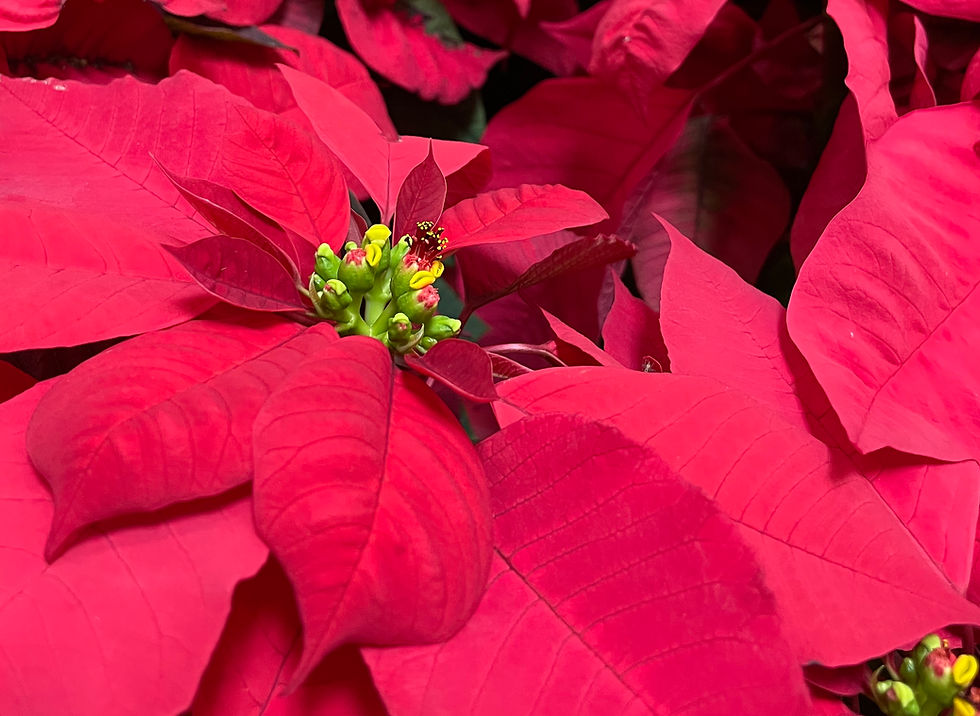Anita’s Blog -- Do you Ever Worry . . . .
- jjvanm
- Nov 11, 2021
- 4 min read
No matter what sort of habitat each of us has, whether a patio with potted plants or a tiny yard with a tree and a couple of shrubs, or an acre or more, we get used to the wildlife that’s taken up residency with us.
We take a personal interest in the birds, lizards, spiders and other critters that we see every day and perhaps speak to them and revel in the fact that they have personally chosen to live around us.
But, do you ever worry about them? Do you wonder if they might not be making the best choices? Or wonder where they are when they alter their routine and you don’t see them for a couple of days? Do you ever want to rush out and say, no! Don’t do that, when you think they might be in danger or think they’ve bitten off more than they can chew?
Something happened a few days ago that caused me considerable angst. A little back story first: Two anhinga (Anhinga anhinga) arrived a couple of months ago. One is larger than the other; one might be an adult female and the other an immature, but I don’t know anhinga well enough to know this to be fact.
The birds perch in separate areas on the opposite bank of the resaca, both visible from my kitchen sink window, but always in the same two places. The larger bird perches on a snag in the water very near the bank. The smaller anhinga hangs out in the branches of trees and shrubs a little way down the bank where it’s mostly camouflaged, noticeable only when it moves or spreads its wings to dry in the sun.

Anhinga eat fish. They are quite the fishermen.*
One morning, flashes of white caught my eye from across the resaca. The larger anhinga was on its perch with a giant tilapia. The fish was so big I couldn’t see the upper third of the anhinga behind the fish.

Anhinga and cormorants fish underwater. They spear a fish then surface or hop out of the water to eat. Before they swallow their catch, they have to do a bit of logistical posturing. They have to get the fish off their beak and then into their beak with the fish’s head pointed in the direction of the anhinga’s gullet. Only then can they begin gulping it down with a series of swallowing motions.
This tilapia was so big I thought surely the bird would know that it would be impossible to swallow whole and it would let it go. It did not. It took quite a bit of time to position the fish and then, to my horror, the anhinga began trying to gulp the giant thing down.

It was having quite a struggle. The bird’s normally thin neck expanded to accommodate the size of the fish. It seemed to get stuck half way down. The anhinga’s thickened neck turned bright crimson. I just knew it was suffocating. I couldn’t bear to continue taking photos. Eventually the anhinga slowly crawled down the snag and slipped into the water. It surfaced twice, still looking to be in distress as it continued to try to swallow the giant fish. And then the anhinga disappeared into the water and did not resurface. I was inordinately saddened. I even asked the universe to help that poor bird who seemingly had bitten off more than it could chew.
I looked over at the snag periodically for the rest of the day to see if the bird was back. The next morning, I saw only the empty snag. It was such a big, beautiful, majestic anhinga, and now, it was gone. I scoured the water up and down the edge of the bank; if I didn’t see a body, perhaps there was still hope of it having survived.
And then, about 24 hours after the battle of the humongous fish, the anhinga was back on its perch; the smaller one sunning itself in its regular habitat-home down the way. All was right with my world again.

Later that day, a flash of white caught my attention in the branches the smaller bird has claimed. And darned if it wasn’t tossing its beak with a huge, speared tilapia. I turned away from the window without worry, knowing that nature is smarter than I give it credit for.
In addition to a number of resident birds, lizards, caterpillars and plants, there’s a particular spider with which I sometimes have brief (albeit, one-sided) conversations. A couple of years ago, a vibrant, black velvety bold jumping spider (Phidippus audax) took up residency in our mailbox. It has complete run of the box and surrounding area.

Amazingly, none of the string of mail carriers has smashed it. Sometimes there are two spiders. Sometimes blotches of a white cottony substance appear. Once in a while a spider rides in between the envelopes; we take it back out to the mailbox and its friends.
What are some of your resident critter stories? We’d like to hear about them.
* More about the great fishermen of the resaca: anhinga and cormorants at:





